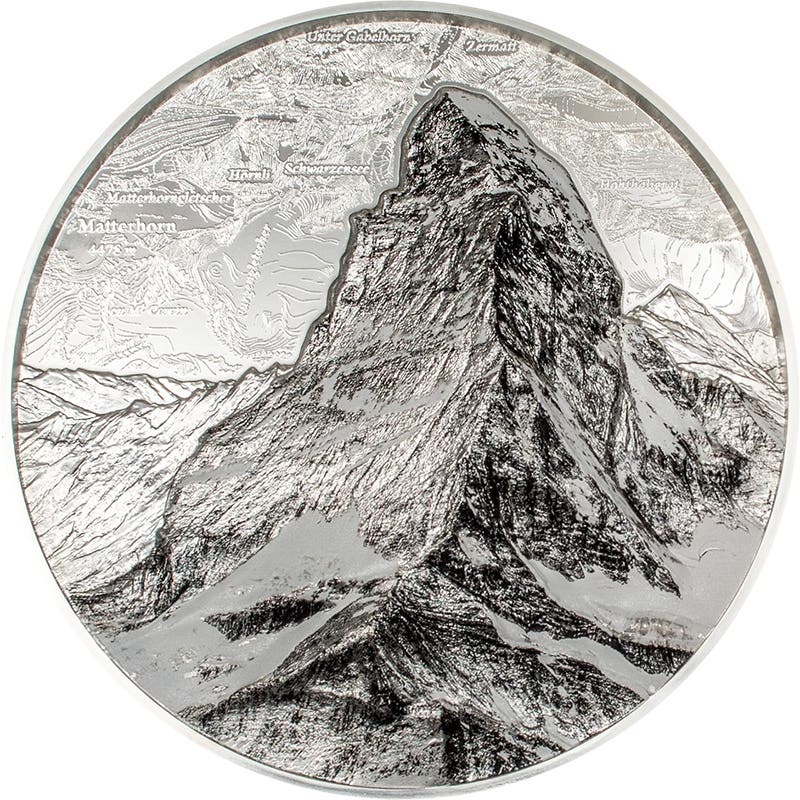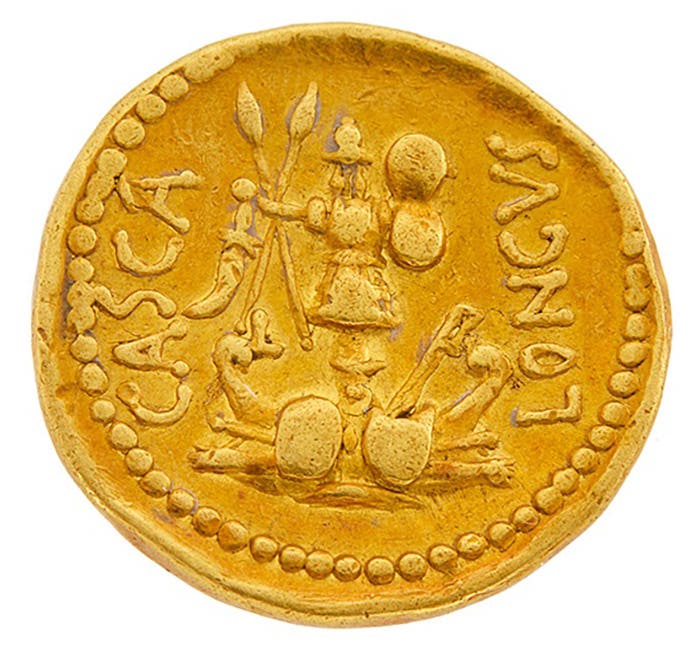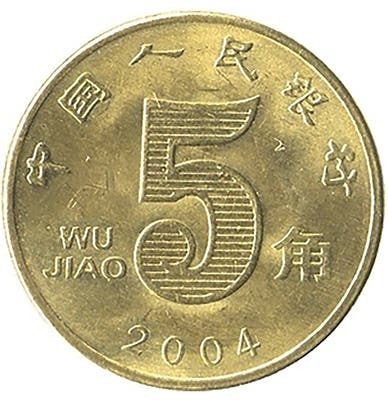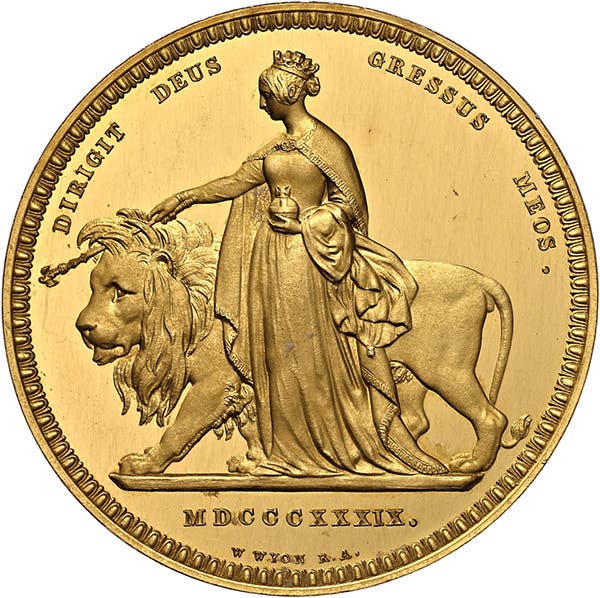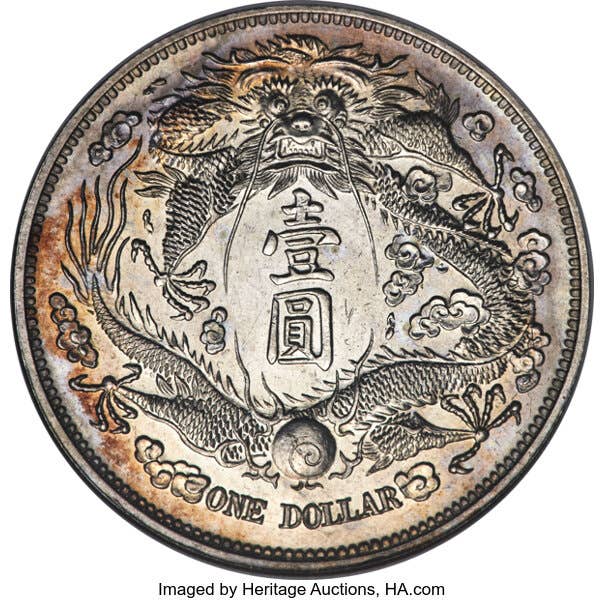Vietnam Protests Australian Coins
Australia and Vietnam are at war again. This time, however, it’s a war of words. The war in Vietnam that included Australia as well as the United States and other…
Australia and Vietnam are at war again. This time, however, it’s a war of words.
The war in Vietnam that included Australia as well as the United States and other allies may be in our rear sights, but history has a habit of being re-interpreted and re-written.
The Royal Australian Mint at Canberra issued non-circulating legal tender commemorative $2 gold-color and $2 silver composition colorized coins in April to mark the 50th anniversary of Australia withdrawing its troops from the conflict. The RAM produced 80,000 gold-color aluminum-bronze composition $2 coins that sold for $15 (U.S. $10) each, and an additional 5,000 .999 fine silver 8.55-gram coins that initially sold for $80 (U.S. $54). These are the first Australian $2 full-color coins. The coins sold out almost immediately. At the time this article was being written it appeared the silver coin was selling for more than $1,200 (U.S. $805), while the gold-color coin was selling for $80 Australian on e-commerce sites.
Australian troops withdrew from Vietnam in 1973, two years before the Communists from the north captured South Vietnam’s capitol Saigon and declared victory on April 30, 1975.
Each of the coins 2023-C dated coins depicts the late Queen Elizabeth II facing right by Jody Clark on the obverse. While Charles III is now Australia’s monarch, his portrait for Australian coinage has not yet been approved.
A UH1 or Huey helicopter flies left on the reverse designed by A. Ball. The helicopter is surrounded by a color enhanced ring that includes several symbolic colors representing medals awarded to Australian soldiers during the conflict. Among those colors are those representing the yellow and red flag of the Republic of Vietnam, also known as South Vietnam.
It’s the colors representing the flag of South Vietnam that have hit a nerve with the current government of the Socialist Republic of Vietnam. According to an official Vietnamese estimate released in 1995, perhaps 2 million civilians as well as about 1.1 million North Vietnamese and Viet Cong fighters died in the conflict. The U.S. military has estimated about 200,000 to 250,000 South Vietnamese soldiers also died.
Australia sent more than 60,000 soldiers to the conflict, 523 of whom died and an estimated 2,400 were wounded. The war was unpopular in Australia. Australia’s involvement was longer than its involvement with any other 20th century conflict.
On April 28 the Vietnam government demanded Australia withdraw the coins, stating the flag of what had been South Vietnam was not appropriate. Vietnam National Assembly Chairman Vuong Dinh Hue visited in Australia in November 2022. During that visit both sides agreed to increase their collaboration in national defense, security, educational training, labor, and agriculture.
The Australian coins prompted Vietnam Ministry of Foreign Affairs Deputy Spokeswoman Pham Thu Hang to post a statement on the Vietnam government’s Facebook page reading: “We regret and strongly protest the Royal Australian Mint and Australia Post for issuing items with the image of the yellow flag – the flag of a regime that no longer exists. This is completely inconsistent with the good development trend [of those efforts].”
Hang indicated Vietnam had formally requested the coin’s issuance cease to the Australian government.
The RAM replied, “The design of the coin reflects the colors of the ribbons of the service medals awarded to Australians who served in Vietnam, including the Vietnam Service medal, introduced in 1968. The Australian Government does not recognize the flag of the former Republic of Vietnam.”
Displaying the flag of the former South Vietnamese nation has been a flash point for the current communist government before. On Dec. 27, 2014, the Los Angeles Times newspaper quoted State Senator Lou Correa (D-Santa Ana) as saying, “The symbolism endures. What the Vietnamese people feel for their flag is never-ending. It’s something beautiful to behold.”
In 2015 the Seattle (Washington state) city council recognized the local Vietnamese community by acknowledging the flag as the “Heritage and Freedom Flag” as their unifying symbol.
The South Vietnamese flag was among flags appearing during the January 2021 siege of the U.S. Capitol, likely due to Vietnamese American supporters of then President Donald Trump.
Vietnam television postponed the broadcast of their Vietnamese national soccer team traveling to Australia in January 2022 due to fans having brought red-striped yellow South Vietnam flags to the stadium.





